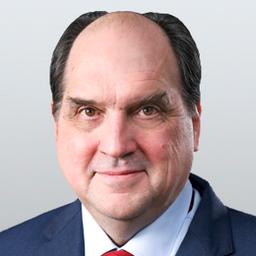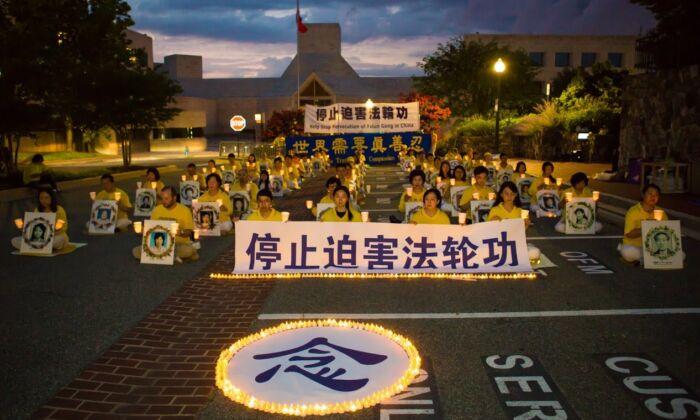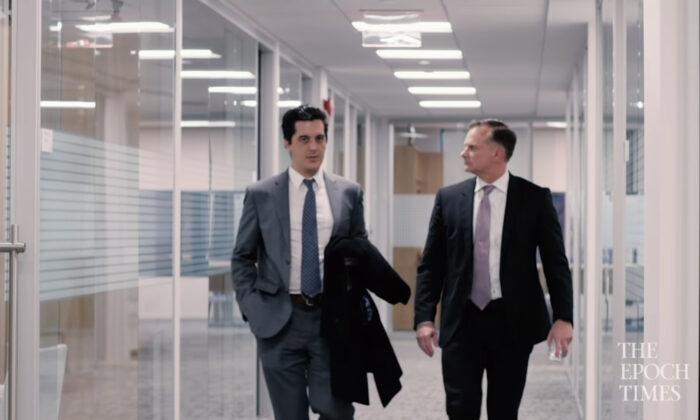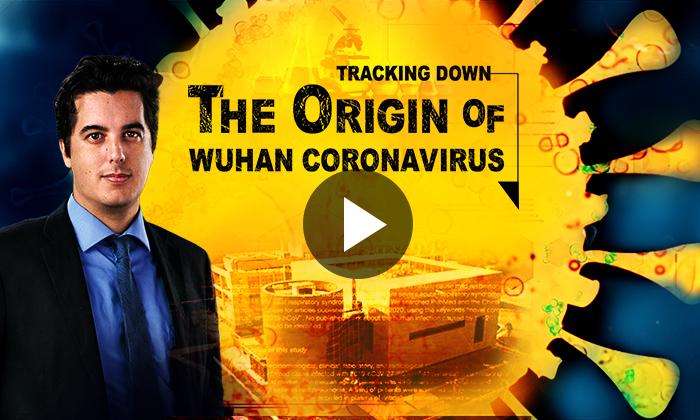At around 2 a.m. on Wednesday, Nov. 9, the networks called the presidential election for Donald Trump.
Hepzibah Nanna was chatting online with four friends, and as a joke, they started messaging each other that “Donald Trump is not my president.” After passing a few slogans back and forth, they realized their joke expressed what a lot of people were feeling. The Twitter hashtag #notmypresident was born. It soon went viral.
Nanna, a 26-year-old pastor in the Nashville, Tennessee, area, identifies herself as one of six social media coordinators for the “Not My President” movement. She said people started talking about protesting around 3 p.m. that afternoon.
“People were posting about how scared they are—Muslims and immigrants especially,” Nanna said. “We were saying, hey, we have a voice. But I didn’t expect it to take off like that.”
On the evening of Nov. 9, protests broke out in cities around the country. Some of the protests drew crowds numbering in the hundreds, some in the thousands. All were in urban enclaves, territories thick with Democrats likely to be sympathetic to the street activism.
In the following days, the protests grew larger and more numerous, appearing in dozens of cities. On Nov. 12, an estimated 15,000 protesters jammed Manhattan’s Fifth Avenue for much of the day. The protests have been mostly peaceful, but with some instances of violence, especially in Portland, Oregon. Nanna condemned the rioting in Portland as not being what the protests are about.
Organization
What Nanna experienced as a spontaneous, grass-roots movement had professional organizing behind it.
On Wednesday afternoon, while Nanna was connecting with people who wanted to protest, the activist organization MoveOn.org issued a press release announcing that that night, “thousands of Americans will come together at hundreds of peaceful gatherings in cities and towns across the nation.”
“The gatherings—organized by MoveOn.org and its allies—will affirm a continued rejection of Donald Trump’s bigotry, xenophobia, Islamophobia, and misogyny and demonstrate our resolve to fight for an America we still believe is possible,” the release said.
After the protests got going around the country, reports began to appear of protesters admitting they had been paid and of ads on Craigslist in various cities advertising for protesters.
Nanna said she has never been contacted by MoveOn.org, is not paid for what she does for Not My President, and doesn’t know of any organizers who are paid.
MoveOn.org is one of a large stable of organizations funded by billionaire political activist George Soros, according to Discover the Networks.
Other organizations known to have taken part in the protests are Black Lives Matter, the immigrant organization United We Dream, the American Civil Liberties Union (ACLU), the Revolutionary Communist Party USA, the Socialist Workers Party, and ANSWER (an anti-war, anti-racism organization that critics say is a communist front group). Black Lives Matter, United We Dream, and the ACLU are all known to receive funding from Soros.
Motives

David Schultz, professor of political science at Hamline University, said, “There is nothing wrong with groups facilitating and helping people.”
The key thing, according to Schultz, is the facilitators’ motives. “If at the end of the day what these groups are doing is playing upon fear, playing upon ignorance, for the benefit of their own organization, that becomes a concern.”
Ronald J. Rychlak, professor of law and Jamie L. Whitten Chair of Law and Government at the University of Mississippi, sees no contradiction between the protests being both grass-roots and professional. “If you pay to get it started, other people will join,” Rychlak said. “You have to prime the pump a little.”
Schultz sees the protests as an expression of shock at the election results, as the protesters assumed Hillary Clinton would win.
For Nanna, the protests are about healing the “broken hearted in America.”
“There is a divide right now,” Nanna said. “We want to bring that divide back together and say it’s OK, you’re safe. No matter who is president, who is vice president, no matter what people are saying, you are safe with us.”
She wants the protests to deliver a message to Trump: “What you guys preach and teach is not what America stands for.”
She also sees the protests as an opportunity to change how Electoral College votes work so that they reward Clinton for winning the popular vote.
Rychlak sees the protests as seeking to undermine America’s institutions. “Fundamentally, this is an attack on democracy. The protests are protesting an election.”
He sees the organizers as playing a long game, patiently working to fundamentally change the United States. “If you are really trying to reshape the nation, you are cultivating a culture that is doing precisely that,” Rychlak said.
The protests are not going away. They’re still ongoing in several cities and Nanna and her colleagues are organizing synchronized events they hope will appear in all 50 states on Dec. 10. Plans have also been announced for a massive protest in Washington on inauguration day.





